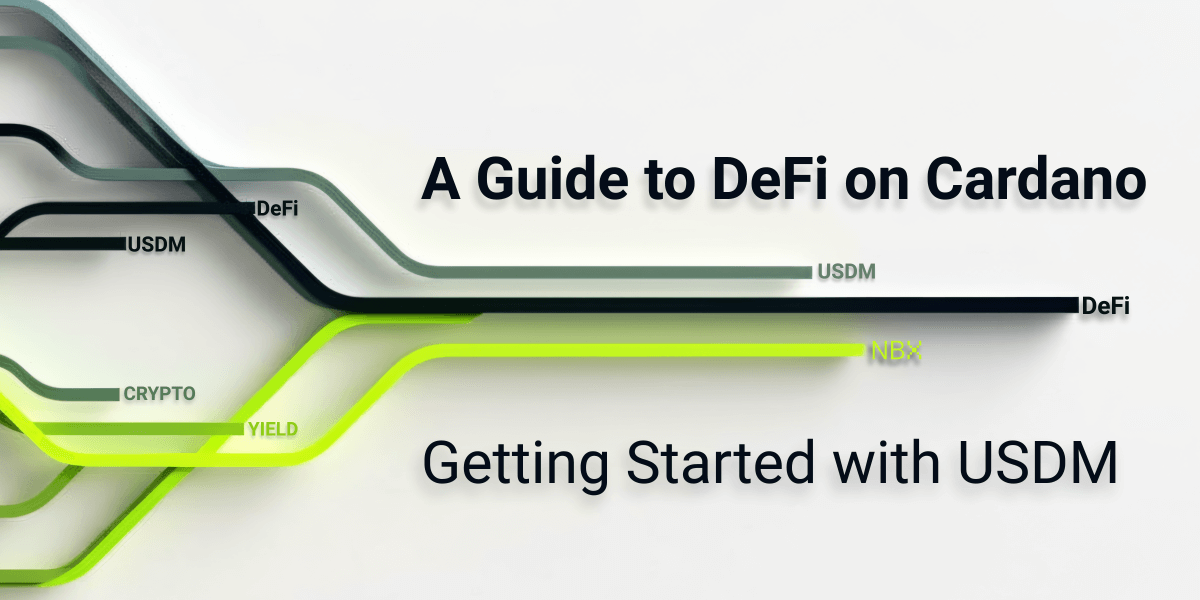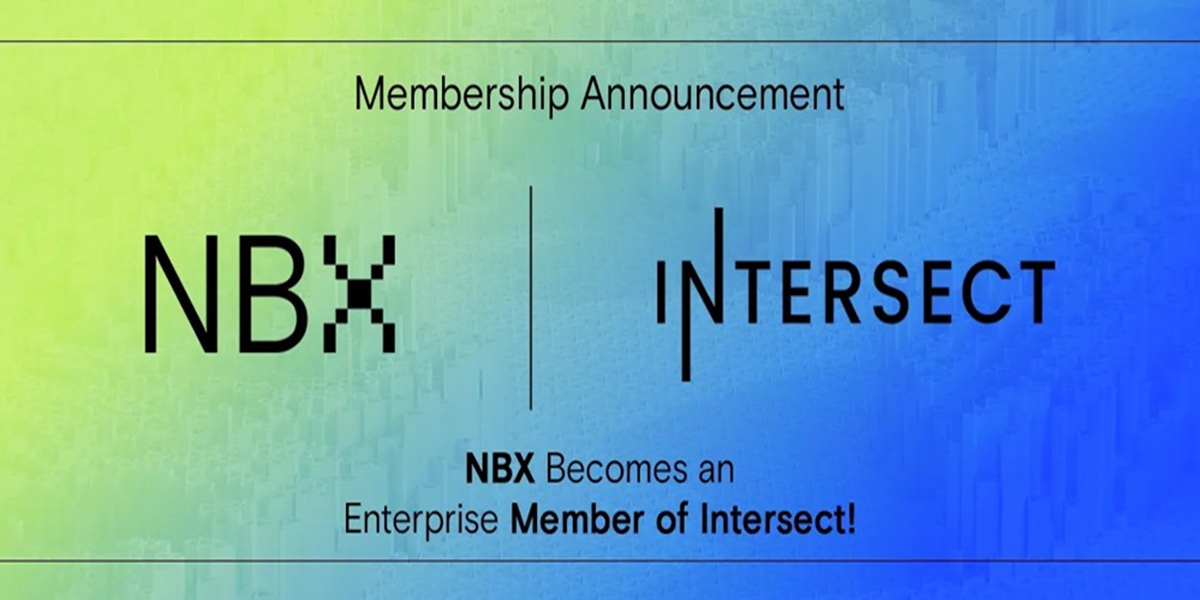As the threat landscape for cybersecurity continues to evolve, organizations must implement multiple layers of defense to protect their sensitive data and systems. Three critical components of an effective cybersecurity strategy are MDM (Mobile Device Management), EDR (Endpoint Detection and Response), and Configuration Hardening. In this article, we'll explore what MDM, EDR, and Configuration Hardening are and how they can benefit your organization.
MDM stands for Mobile Device Management. It is a security solution that enables organizations to manage and secure mobile devices, such as smartphones and tablets, used by employees. MDM solutions allow IT teams to enforce security policies on mobile devices, including password requirements, device encryption, and remote data wiping in case of loss or theft. MDM solutions are particularly important for organizations with a bring-your-own-device (BYOD) policy.
How Does MDM Work?
MDM solutions work by installing a lightweight client on the mobile device that communicates with a central management server. The central management server provides administrators with the ability to enforce security policies, monitor device usage, and remotely wipe devices if necessary.
EDR stands for Endpoint Detection and Response. It is a cybersecurity solution that detects and responds to security threats on endpoints, such as desktops, laptops, and servers. EDR solutions use advanced technologies, such as machine learning and behavioral analysis, to detect threats that traditional antivirus software may miss.
How Does EDR Work?
EDR solutions work by continuously monitoring endpoints for suspicious activity. When a potential threat is detected, the EDR solution provides administrators with real-time alerts and the ability to investigate the incident further. EDR solutions also provide administrators with the ability to contain and remediate threats on endpoints.
Configuration hardening is the process of securing an organization's IT infrastructure by configuring devices and software to be as secure as possible. Configuration hardening involves removing unnecessary features and services, disabling default accounts and passwords, and implementing security best practices.
How Does Configuration Hardening Work?
Configuration hardening involves several steps, including:
MDM, EDR, and Configuration Hardening offer several benefits to organizations, including:
Conclusion
In conclusion, MDM, EDR, and Configuration Hardening are essential to an effective cybersecurity strategy. They provide multiple layers of defense against potential security threats and help organizations comply with regulatory requirements. If you want to improve your organization's cybersecurity posture, consider implementing MDM, EDR, and Configuration Hardening solutions.


